-
Carbon Calculators in Horticulture (extension)

Introduction Although carbon emissions calculations are, in principle, simple to do, requiring only quantitative activity data and an appropriate emissions factor, carbon reporting very quickly becomes complex. To simplify the process, there are a plethora of online calculators designed to deliver a quick and easy answer to the question “what are my carbon emissions?”. Unfortunately,…
-
Exploring energy innovation in the Netherlands
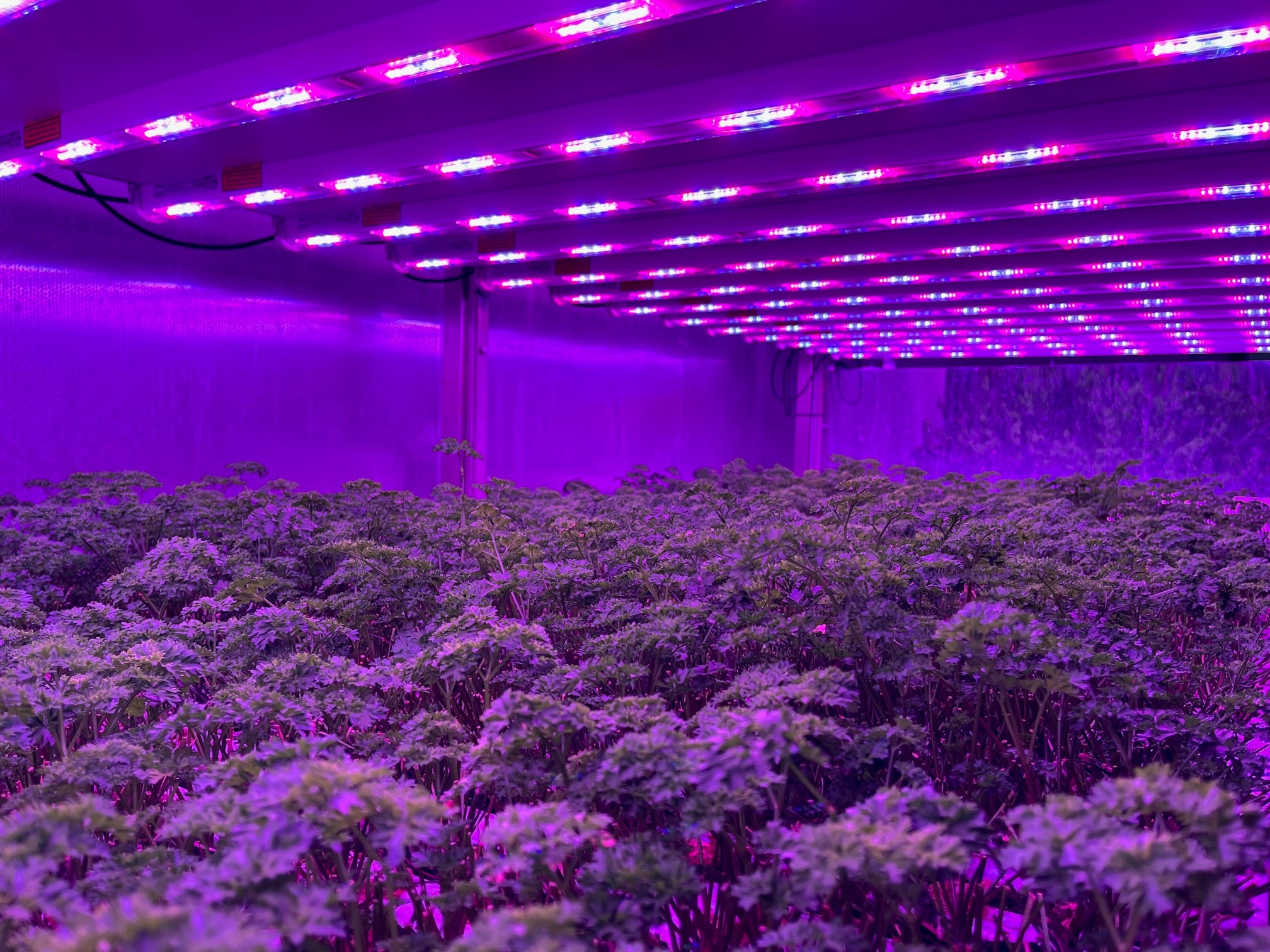
Via the GrowSave project, NFU Energy organised a 3-day Study Tour to the Netherlands in March for UK greenhouse growers. Our focus, of course, was energy – using it more efficiently, sustainably, cost-effectively and learning about new technology and innovation. The Dutch are among the top commercial horticulturalist in the world, with a particular talent…
-
What does Scope 3 carbon reporting mean for Horticultural business?
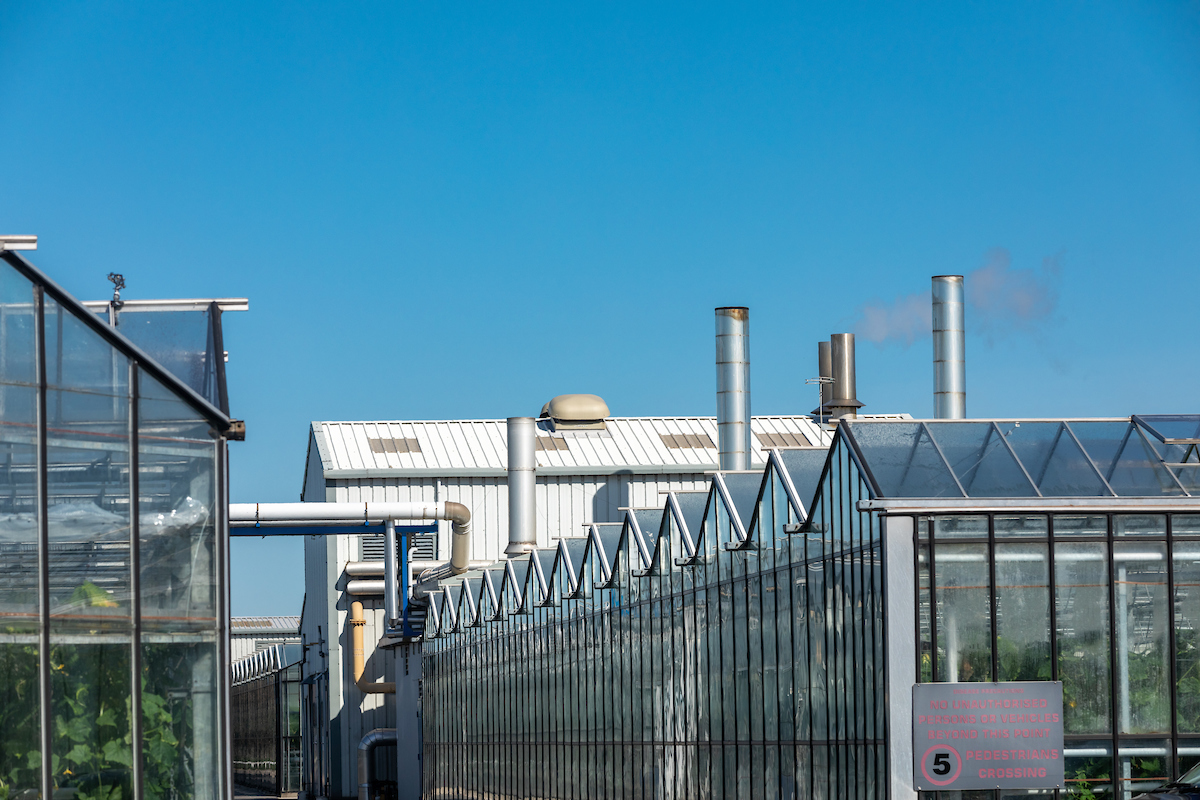
Many retailers are applying pressure to their supply chain to complete some form of carbon reporting , with the goal to account for the supply chain emissions of the produce they sell. Unfortunately, this is often pursued without consistency in approach between retailers. Some retailers will recommend or even mandate the use of one of…
-
Five alternative sources of CO2
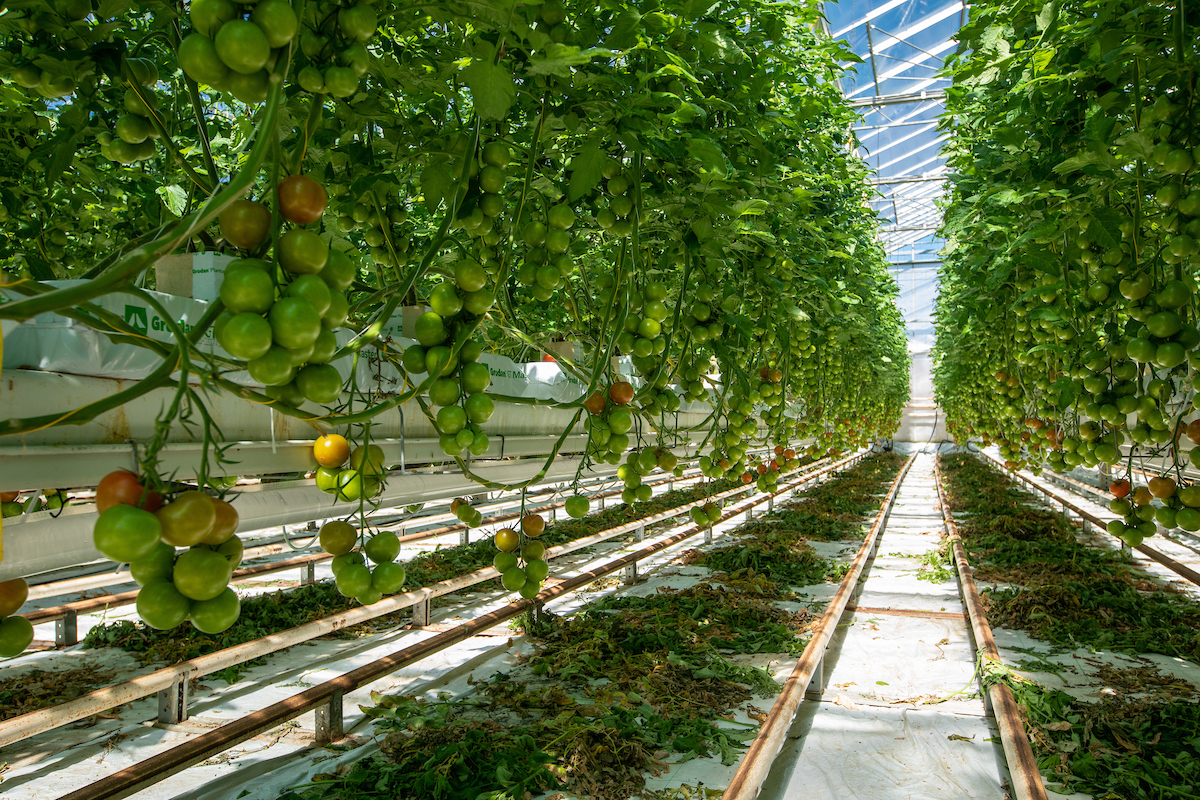
Traditional CO2 Usage Certain protected crops are commonly dosed with CO2 to benefit crop growth and improve yields. Traditionally, CO2 is delivered via one of three methods: natural gas fired boiler, natural gas fired CHP (combined heat and power), or vaporisation of liquid pure CO2. Natural gas boilers are common on protected horticultural sites due…
-
Carbon Calculators in Horticulture

Carbon emissions and Net Zero have become increasingly important talking points across all businesses, with food production gaining particular attention from both retailers and consumers. Naturally, the first step that most businesses take is to calculate their current levels of carbon emissions, to act as a baseline against which improvements can be effectively targeted tracked.…
-
Conventional sources of CO2
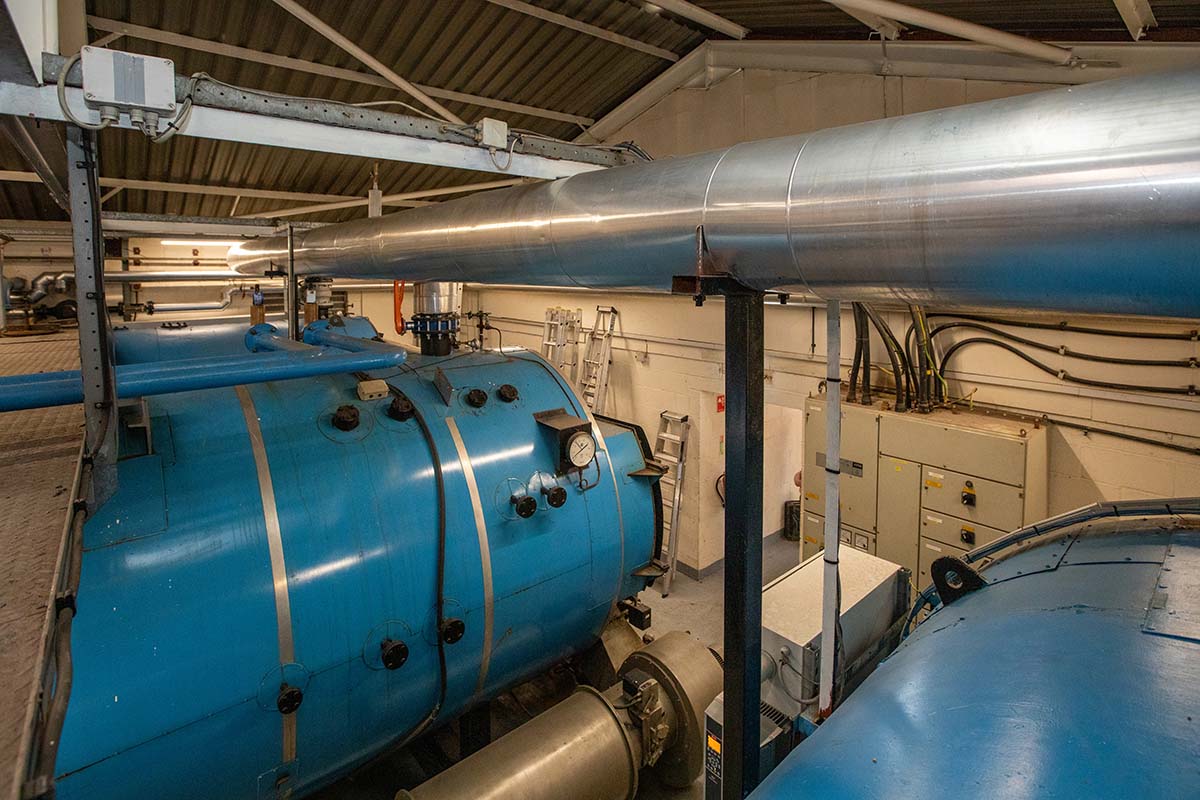
We look at the conventional sources of CO2 supply and discuss the influence of factors, such as heat requirement and electricity price on the cost attributed to CO2 supply.
-
Alternative sources of CO2
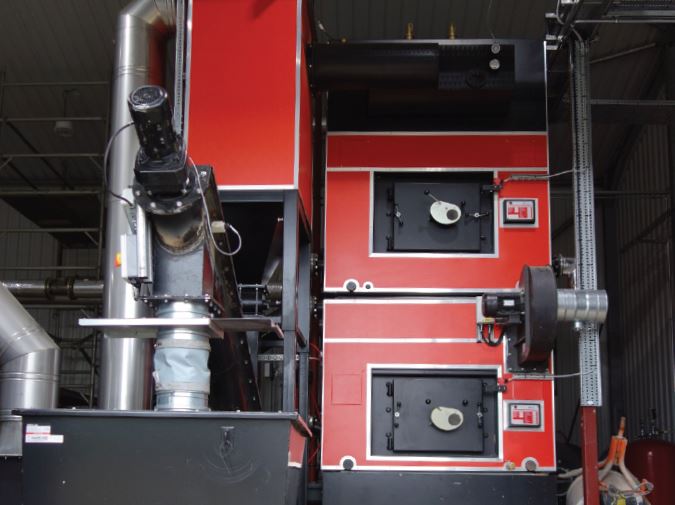
We look at the alternative sources of CO2 supply from biomass and anaerobic digestion and discuss how they have developed since the uptake of renewable-based heating systems.
-
CO2 dosing: Maximum and minimum boiler capacity
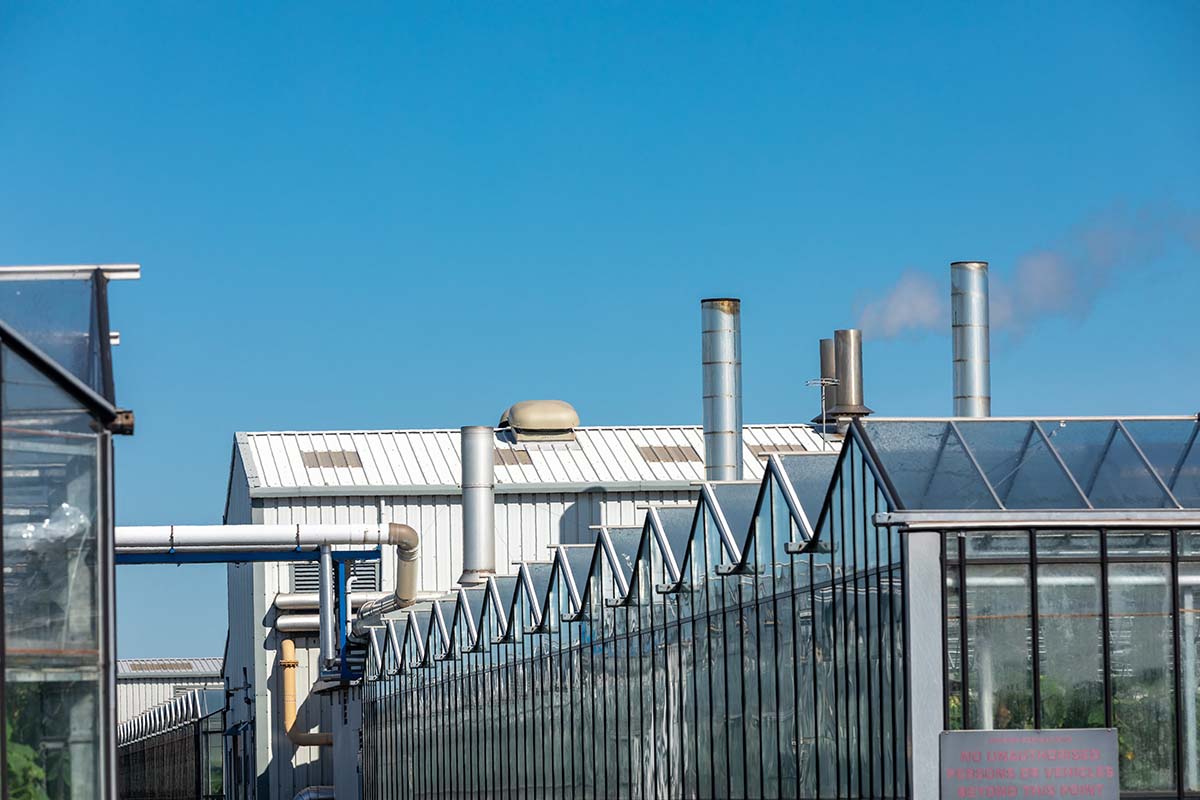
Learn about two of the simpler set points available to manage CO2 enrichment using two contrasting greenhouse scenarios – one taking place on a sunny day and one on a dull day.
